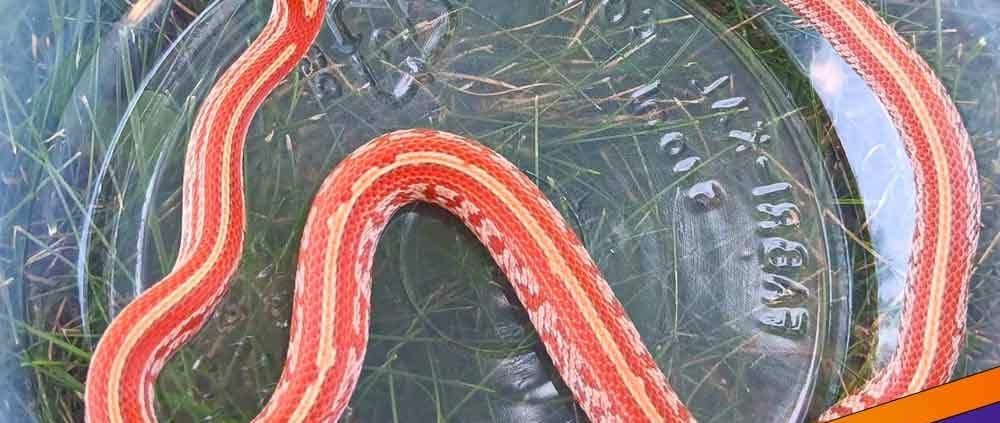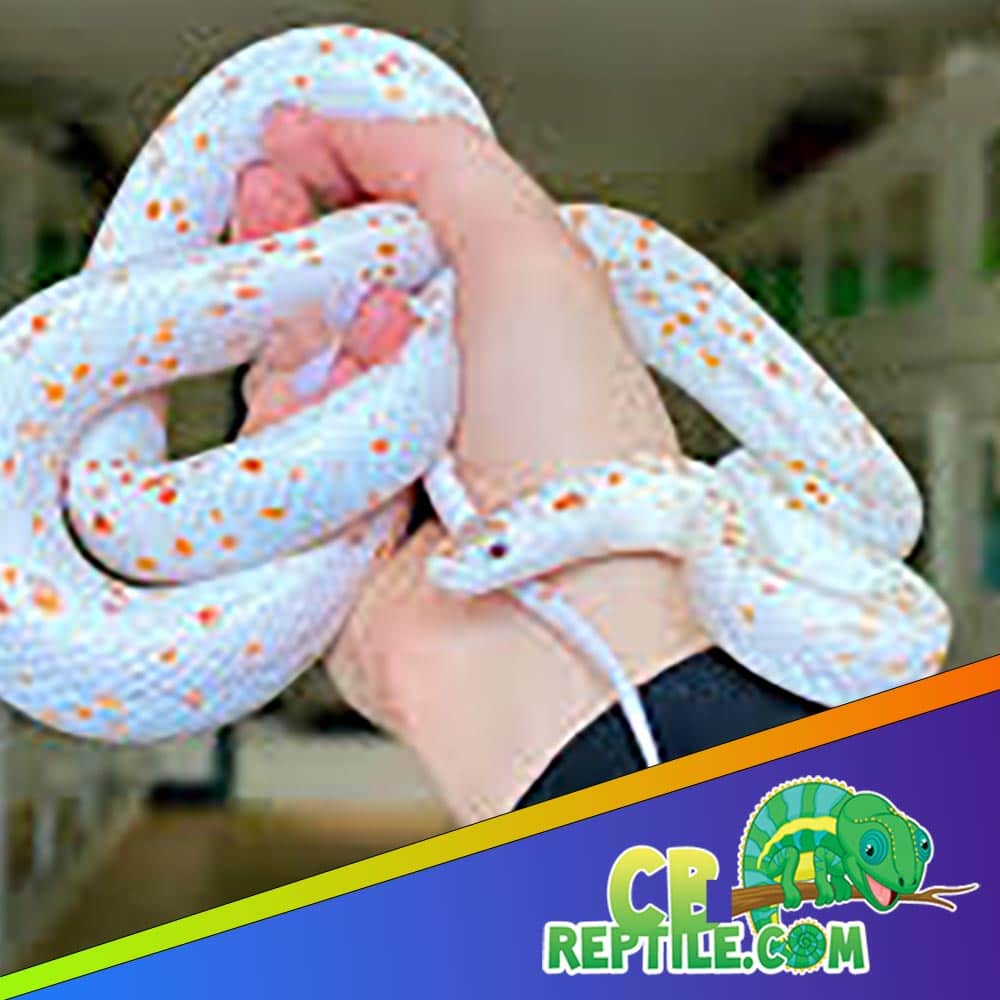
Raising Baby Corn Snakes: A Happy Keeper’s Guide
Baby corn snakes are some of the most delightful reptiles you can bring home. With their curious personalities, gentle temperaments, and manageable size, they make an excellent choice for keepers of all experience levels. This guide will walk you through everything you need to know about raising baby corn snakes—from habitat setup and temperature management to nutrition and handling.
Success starts with choosing a healthy, captive-bred snake. For more than a decade, CBReptile.com has been known as the best source of corn snakes in the USA. When you’re ready, explore available corn snakes for sale and start your reptile journey with confidence and joy.

Why Start With a Captive-Bred Baby?
Captive-bred corn snakes are healthier, easier to feed, and more accustomed to human interaction compared to wild-caught snakes. Babies from CBReptile.com are already feeding on frozen/thawed mice, free of parasites, and well-started before being offered. This means your new snake will adapt quickly to its new home, making the raising process smoother and happier.
Choosing from real, professional cornsnake breeders ensures your baby was raised with care, attention, and expertise.
Habitat Setup for Baby Corn Snakes

Building the perfect habitat is step one in raising a happy baby corn snake. Babies thrive in smaller, secure enclosures that give them confidence while still offering space to explore.
Enclosure Size
Start with a 10–20 gallon enclosure or a small reptile tub. Large cages can overwhelm hatchlings and make feeding more difficult. As your baby grows, you can scale up to larger enclosures.
Substrate & Décor
Aspen shavings, paper towels, or reptile-safe bedding are great options. Add at least two hides—one on the warm side and one on the cool side—to provide security. Include climbing branches, cork bark, and a small water dish.
Temperature & Heating
Like all reptiles, baby corn snakes need a temperature gradient to regulate their body heat. A thermostat-controlled heating system is essential for safety.
- Warm side: ~85°F surface temperature.
- Cool side: ~75°F.
- Night: ~70°F is acceptable.
Use an under-tank heating pad or heat tape on one side of the enclosure. Avoid heat rocks, which can cause burns.
Lighting & Humidity
Corn snakes don’t require UVB, but a regular 12-hour day/night cycle helps regulate their activity. Ambient room light or a low-wattage LED works well. Maintain humidity around 40–50%. Provide a humid hide with damp moss during shed cycles to ensure complete shedding.
Feeding Baby Corn Snakes
Nutrition is the key to healthy growth. Luckily, feeding baby corn snakes is simple when you start with a captive-bred animal.
- Hatchlings: Offer one pinkie mouse every 5–7 days.
- Growth stages: As your snake grows, gradually increase prey size to fuzzies, then hoppers.
Always use frozen/thawed rodents to prevent injury to your snake. Warm prey to body temperature and present it with tongs. Most babies from CBReptile.com are already trained on frozen/thawed, making mealtime stress-free.
Handling & Socialization
Baby corn snakes may be wiggly at first, but gentle and consistent handling helps them become calm and social. Wait at least a week after bringing your snake home before handling, and never handle immediately after a meal.
Start with short, gentle sessions a few times per week. Support the snake’s body with two hands and let it explore at its own pace. Over time, your baby will become more comfortable and confident.
Raising Baby Corn Snakes Step by Step

- Set up the enclosure first: Warm side ~85°F, cool side ~75°F, secure hides, and fresh water.
- Let your baby settle: Give a week of peace before handling or feeding.
- Feed regularly: Pinkies every 5–7 days, logging feeding dates and prey sizes.
- Monitor sheds: Watch for dulling colors and blue eyes; provide a humid hide to support shedding.
- Handle gently: Begin with short sessions and increase over time to build trust.
- Scale up: As your snake grows, upgrade enclosure size and prey accordingly.
Cleaning & Maintenance
Cleanliness is essential for a healthy snake. Spot-clean waste daily and refresh water often. Perform a deep clean every 4–6 weeks by replacing substrate and disinfecting décor with reptile-safe products. Babies are more sensitive than adults, so a clean environment reduces stress and prevents illness.
Why Buy From Real Breeders?
Choosing a reputable breeder ensures your snake is healthy, parasite-free, and accustomed to captivity. Chain stores often source animals with uncertain histories, which can result in stress, illness, or feeding issues. By purchasing from professionals like CBReptile.com, you’re investing in the quality and long-term health of your pet.
Real breeders prioritize animal welfare, transparent care, and customer support—giving you the guidance and confidence you need to raise a thriving baby corn snake.
Daily & Weekly Care Routine
- Daily: Check temps, humidity, and water. Spot-clean waste.
- Weekly: Feed, handle, and observe overall health.
- Monthly: Perform deep cleaning of the enclosure and décor.
Happy Keeper’s Checklist
- Start with a captive-bred baby for the best experience.
- Secure, escape-proof enclosure (10–20 gallons to start).
- Warm side ~85°F, cool side ~75°F, night ~70°F.
- Humidity 40–50%, humid hide for shedding.
- Pinkie mice every 5–7 days for babies.
- Two hides, branches, cork bark, and clean water dish.
- Gentle, regular handling to build trust.
- Spot-clean daily, deep clean monthly.
